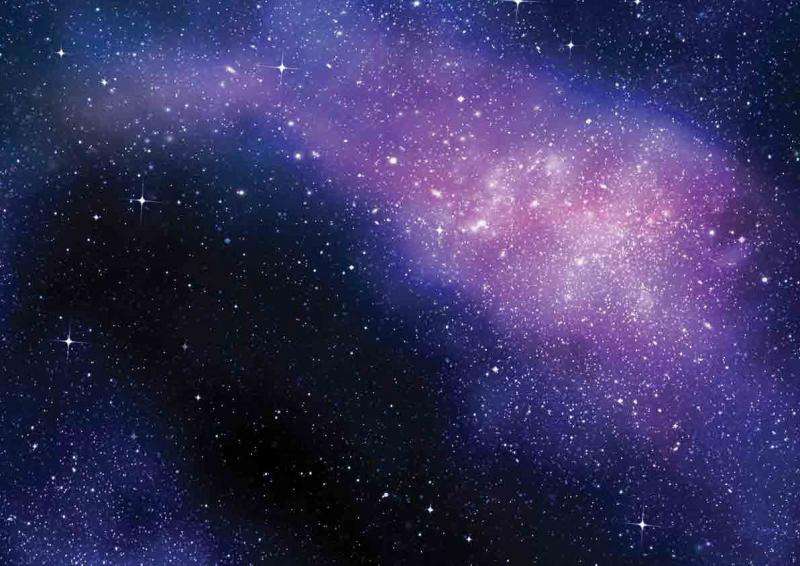Space: the final frontier – never were truer words spoken. We have currently explored less than 0.01% of the universe; in fact, it's much less than that. We've actually explored about as close to zero percent as it's possible to get. With so much left to discover, space is likely to remain a mystery for quite some time. But with the support of technological advances, scientists are making real progress, particularly when it comes to what planetary scientists regard as remainders from the 'building blocks of the solar system' – comets.
Composed primarily of ice and dust, comets are billions of years old. Preserved within the ice are believed to be the materials that the solar system formed from. Some theorists even believe that comets may have been responsible for bringing water to Earth. That's why scientists are so keen to study them up close, because comets could reveal extraordinary insights into the origins of the solar system and life itself.
In late 2014, the Rosetta Mission successfully landed a probe on the surface of a comet named 67P/ Churyumov–Gerasimenko. They were looking to analyse changes to the comet's material composition as it travelled through the solar system. The mission captured the imagination of the world, and drew international attention to the ways in which comets might provide a window onto the origins of the universe.
Back on Earth, Diamond was being used to study comet samples gathered in another NASA mission, Stardust. Launched in 1998, the sample gathering mission flew directly behind a comet called Wild2, trapping particles of the comet's coma – the envelope around the nucleus of the comet – inside an aerogel package. The samples were then returned to Earth in 2006, to the delight of experts like Prof John Bridges and his team at the University of Leicester, who set about trying to unravel the mysteries they contained.
An image of magnetite tracks within samples of comet retrieved on the Stardust mission Credit: John Bridges
In 2008, John visited the facility to examine the comet samples. John's experiments yielded some important insights into the composition of the comet, but he didn't find direct evidence for the action of water on the comet.
During the six years that followed, technology shot forward, and so John returned to Diamond in 2014 to analyse Wild2 samples newly harvested from the aerogel collector, exploiting the world-leading set up on one of Diamond's spectroscopy beamlines, I18. Using X-ray diffraction and X-ray absorption the University of Leicester team discovered the mineral magnetite. Magnetite is formed from the reaction between iron magnesium silicates and water, so the discovery of this mineral showed that the comet had once contained water.
What's more, the nature of the comet suggested that it was formed billions of years ago in the outer solar system, beyond Neptune. This makes the existence of water on the comet even more of a surprise; you might expect liquid water to be present in the inner solar system, but not in the cold outer solar system.
John's work has provided the space science community with entirely new information about this far out area of the cosmos, and the discovery of the effects of water on this ancient comet is helping to change our understanding of the early solar system. But the research doesn't stop there; John's next step is to study meteorites – fragments of Mars or an asteroid that have fallen to Earth. This will provide new perspectives on the evolution of asteroids and the planets.
John highlights why he's so keen to expand his research: "There's just so much more left to discover, and the technology is now there to help us push forward with space science. We really need Diamond for this sort of work; the intense beams allow us to see far more in our samples than we otherwise could. Sample return missions from a comet, an asteroid, and in future years from more asteroids, Phobos, the Moon, and ultimately Mars mean that Diamond can have a crucial role in this field of scientific exploration. And that's why this field is so exciting; because it really is the case that the more we look, the more we'll find."
When it comes to space science, the research will never be finished. Each breakthrough inches us towards a greater understanding of the cosmos, but it also opens up new questions and avenues for enquiry. We still only understand an infinitesimal portion of the world around us, but from a scientist's perspective that's no bad thing; after all, the universe could be infinite, but that also means that the possibilities for exploration are endless.
Read more about cutting edge research in Diamond's public magazine:
Provided by Diamond Light Source

























